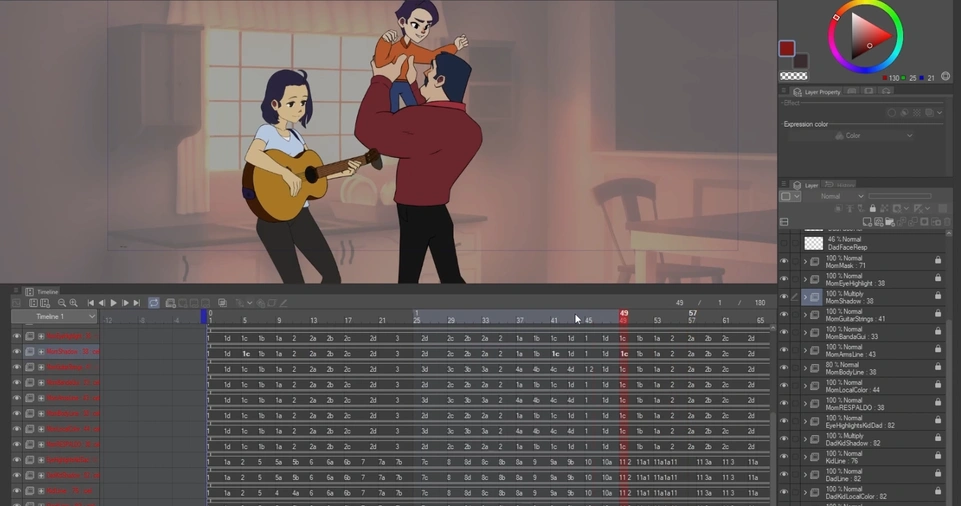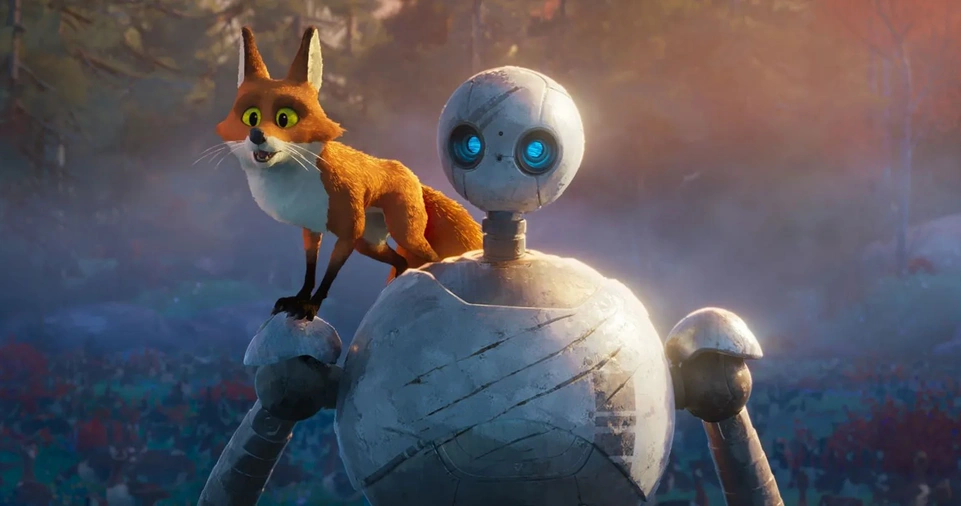Have you ever dreamed of creating your own animated short film but felt overwhelmed by the process? Don’t worry—you’re not alone! Animation may seem complex, but with the right approach, anyone can bring their ideas to life.
This guide will take you through the essential steps to making your first animated short film, from conceptualization to final production. By the end, you’ll have a clear roadmap to turn your creative vision into an animated masterpiece.
Step 1: Develop Your Idea
Before you start animating, you need a strong idea. Your concept should be simple yet engaging, something that can be effectively communicated in a short runtime.
Tips for a Strong Concept:
- Keep it short – Aim for 1–3 minutes, ensuring clarity and engagement.
- Focus on one core message – A simple story is easier to animate and more impactful.
- Think visually – Animation thrives on expressive storytelling and strong imagery.
- Identify a theme – What message or emotion do you want to convey?
- Look for inspiration – Study animated shorts and films to understand successful storytelling techniques.
- Create a logline – A single sentence summarizing your film’s concept can keep your focus sharp.
- Identify your target audience – Knowing who your film is for will help shape its tone and content.
Example:
Pixar’s first animated short, Luxo Jr., was just a story about two lamps playing with a ball, yet it resonated with audiences because of its strong character animation and relatable themes.
Step 2: Write a Compelling Script
A well-written script is the backbone of any great animation. Keep your dialogue minimal and let the visuals do the heavy lifting.
Scriptwriting Basics:
- Structure: Follow the classic three-act structure (beginning, middle, and end).
- Show, don’t tell: Use actions rather than words to convey emotions.
- Storyboard early: Visualize your scenes alongside your script.
- Refine through feedback: Share your script with others and incorporate constructive criticism.
- Write visually: Ensure that every scene has strong visual storytelling elements.
- Use screenplay formatting – This ensures clarity and professionalism.
- Think about pacing – Keep the story moving at an engaging speed.
ALSO READ:How to Choose the Right Software Based on Your Hardware Setup
Step 3: Create a Storyboard
A storyboard is a series of sketches that outline your film’s key scenes.
Why Storyboarding is Essential:
✅ Helps visualize the flow of the animation ✅ Identifies potential issues before production ✅ Serves as a blueprint for animators ✅ Ensures coherence in scene transitions and framing ✅ Saves time and effort by preventing unnecessary revisions later ✅ Helps coordinate with voice actors and sound designers ✅ Clarifies shot composition and camera angles
Example:
Disney animators use storyboards extensively to refine their storytelling before moving to animation. Even live-action films use storyboards to plan shots and camera movements.
Step 4: Choose Your Animation Style

Different animation styles require varying levels of effort and expertise. Choosing the right one depends on your resources, skill level, and the kind of story you want to tell.
| Animation Style | Difficulty Level | Best For |
|---|---|---|
| 2D Hand-Drawn | Moderate to Hard | Classic, artistic animations |
| Stop-Motion | Hard | Unique, tactile storytelling |
| 3D Animation | Hard | Modern, high-quality visuals |
| Motion Graphics | Easy to Moderate | Infographics, explainer videos |
| Cut-Out Animation | Moderate | Quirky, stylized animations |
| Rotoscoping | Hard | Realistic motion with an artistic touch |
Choose the style that best suits your skills and story.
Step 5: Design Your Characters and Backgrounds
Well-designed characters and backgrounds bring your animation to life and make it more visually appealing.
Character Design Tips:
- Keep designs simple for easier animation.
- Use unique silhouettes for recognizable characters.
- Consider color psychology to evoke emotions.
- Ensure consistency in character proportions and movements.
- Give characters distinct personality traits to enhance relatability.
- Create turnaround sheets for consistency in animation.
- Experiment with different styles before finalizing the design.
Background Tips:
- Avoid overly detailed backgrounds that can distract from characters.
- Use colors that complement your characters.
- Incorporate elements that enhance mood and atmosphere.
- Ensure backgrounds are adaptable for different scenes without extensive redrawing.
- Maintain a balance between detail and clarity.
- Use perspective and lighting to create depth.
Step 6: Animate Your Scenes

Now comes the fun part—animating! Depending on your chosen style, the complexity of the animation process will vary.
Popular Animation Software:
| Software | Best For | Cost |
|---|---|---|
| Adobe Animate | 2D Animation | Paid |
| Blender | 3D Animation | Free |
| Toon Boom Harmony | Professional 2D Animation | Paid |
| Stop Motion Studio | Stop-Motion Animation | Free/Paid |
| OpenToonz | Traditional 2D Animation | Free |
| Krita | Frame-by-frame animation | Free |
Key Animation Techniques:
- Keyframing: Set major frames to define motion.
- Tweening: Fill in the gaps between keyframes.
- Easing: Smooth transitions for natural movement.
- Squash and Stretch: Enhances flexibility and liveliness.
- Follow-through and Overlapping Action: Adds realism by accounting for inertia.
- Anticipation: Prepares the audience for movement.
- Secondary Action: Adds depth to the primary movement.
Step 7: Add Sound and Music
Sound design can make or break your animation. Music and sound effects play a huge role in setting the tone and enhancing emotional impact.
Where to Find Free Sounds:
- Freesound.org
- Incompetech.com (for background music)
- Zapsplat.com
- FreeMusicArchive.org
- Artlist.io (for premium music libraries)
- SoundBible.com
Tips for Effective Sound Design:
- Use different layers of sound effects to add depth.
- Avoid overpowering dialogue with background music.
- Sync sound with animation for realism.
- Utilize Foley recording for organic sound effects.
- Experiment with different audio effects to match moods.
Step 8: Edit and Export Your Film
Once animation and sound are complete, use video editing software like Adobe Premiere Pro or DaVinci Resolve to finalize your film.
Editing Checklist:
✅ Ensure smooth scene transitions ✅ Balance audio levels ✅ Check for any missing frames ✅ Color correct if necessary ✅ Render in high quality to preserve details ✅ Add subtitles for accessibility ✅ Create multiple formats for different platforms
ALSO READ:The Importance of a Good Monitor for Animation: What to Look for
Conclusion
Creating your first animated short film is an exciting and rewarding journey. Start small, experiment, and don’t be afraid to make mistakes. The more you practice, the better you’ll get! Remember, animation is an art that takes patience and perseverance, but the end result is always worth the effort.
Call-to-Action:
Ready to bring your ideas to life? Start brainstorming your concept today, experiment with animation software, and take the first step towards creating your animated masterpiece!

